
Human sperm may be using a sensory receptor, similar to those found in the nose, to detect fragrant molecules released by the egg. These odors not only guide the sperm to their egg source, they also cause the sperm to swim more quickly, increasing the odds for successful fertilization.
This finding could lead to the production of contraceptive compounds that interfere with the sperm’s “sense of smell” and prevent it from locating the egg.
The report, published in the March 28 issue of Science, is the first to show that a functional olfactory protein exists on human sperm. The sperm’s sensory receptor, named hOR17-4, is a member of the olfactory receptor (OR) family, which consists of approximately 1000 proteins, most of which are found in the nose. ORs have also been found in several other tissues, but their functions remain unknown.
HOR17-4 was discovered in a collaboration between researchers at Ruhr University Bochum in Germany and the University of California in Los Angeles. The two groups of researchers, headed by Marc Spehr, compared DNA from known OR family members to that of chromosomes coding for testicular DNA. The search produced two matches, hOR17-2 and hOR17-4. Another group had previously found hOR17-2 in the testes but never analyzed its function. HOR17-4, on the other hand, was completely novel.
By placing hOR17-4 into a line of cultured cells, a technique often used for studying molecules in isolation, Spehr and his group were able to test over 100 compounds for their ability to bind to the receptor. The cells, which expressed hOR17-4 on their surface, displayed an increase in internal calcium concentration when the receptor was stimulated. This change was easily visualized by ratiofluorometric imaging techniques. This simple assay enabled the scientists to discover that a series of compounds with floral names such as bourgeonal, lilial, and floralazone bind tightly to hOR17-4.
When sperm in solution were presented with a gradient of bourgeonal, they increased their speed and swam towards the highest concentration of the compound, indicating that stimulation of hOR17-4 does indeed result in chemotaxis and chemokinesis. This result shows there is a good chance that eggs release bourgeonal, or some related compound, to attract sperm and it proves that even in sperm and eggs, attraction is often more than skin deep.
Story: Nicole Kresge


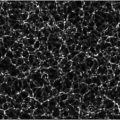
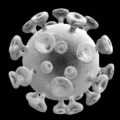





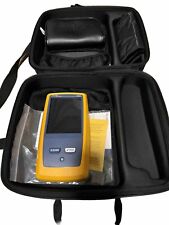
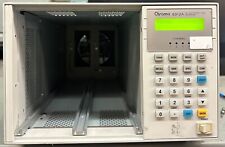
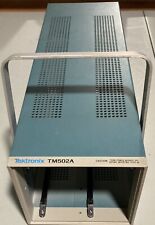
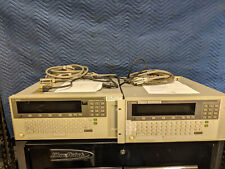
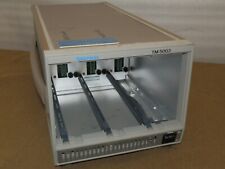
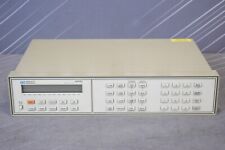



Comments are closed.